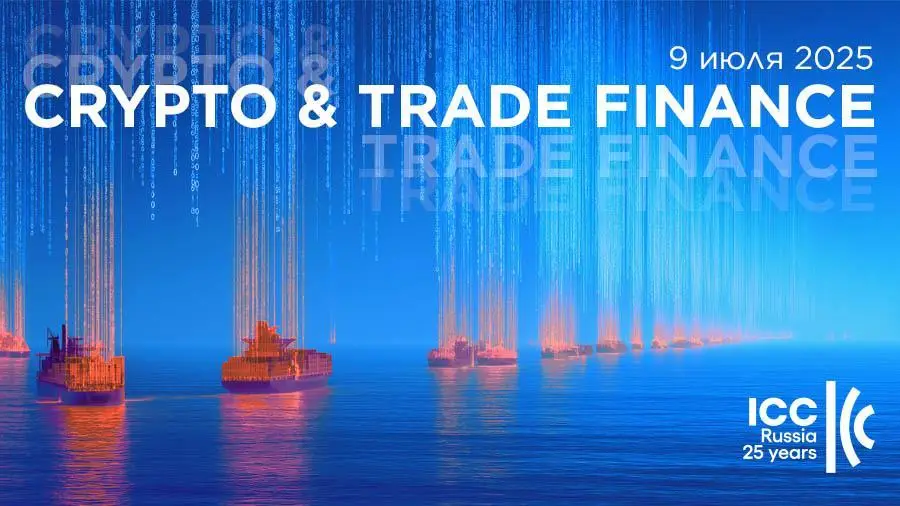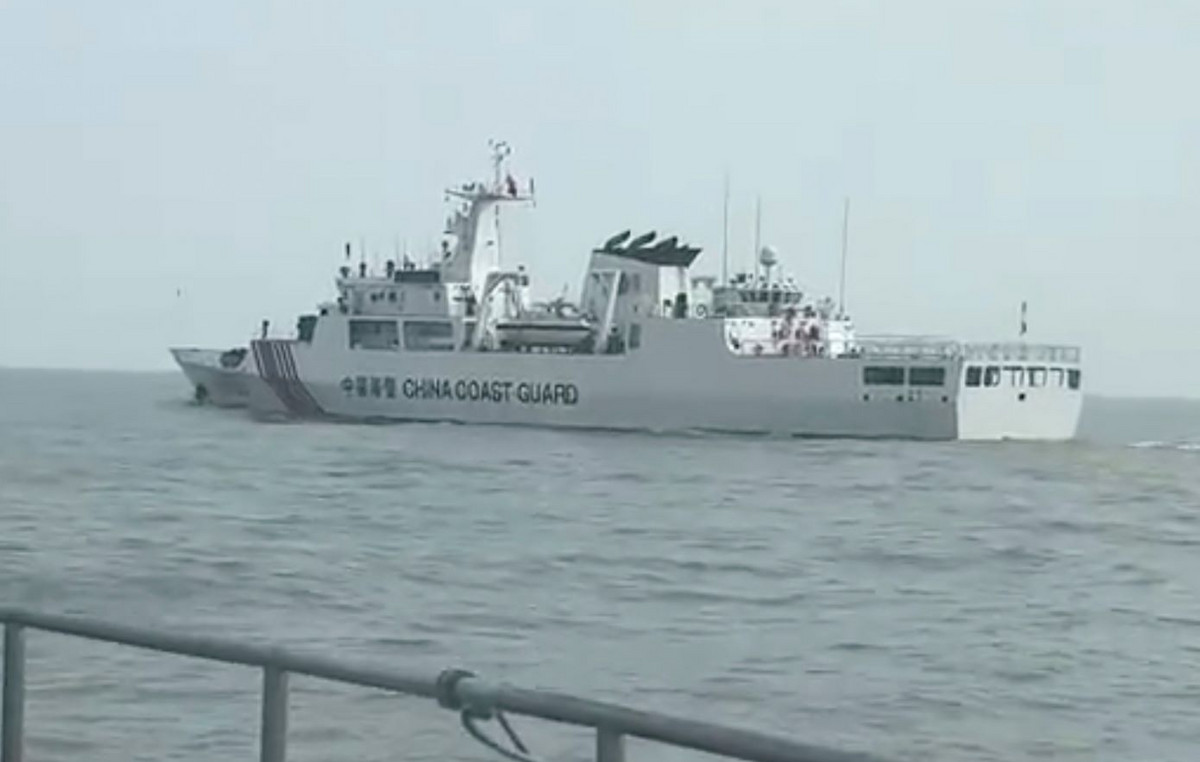- Oil prices resigned from profits after the reinstatement of Trump’s tariffs by an American court
- Investors are still cautious about the possibility that Opec+ countries increase production after Saturday’s meeting.
- The uncertain global growth scenario is undermining oil demand expectations.
WTI oil prices invested profits on Thursday, after the US Court of Appeals revoked a lower court ruling to block Trump’s commercial tariffs. The decision brought back the commercial uncertainty, generating doubts about the global oil demand.
The US administration maintains contacts with commercial partners to close “wonderful agreements”, but without substantial advances so far. Negotiations with Japan are prolonging, and conversations with China seem to have stagnated. The lack of good news is exerting pressure on crude oil prices.
Concerns for excess supply keep ups attempts limited
Beyond that, Opec+ countries are expected to meet May 31 and probably agree to increase the offer in 411,000 barrels per day from July. In the context of a restricted trade and a highly probable global deceleration, markets fear excess oil.
The US macroeconomic data and the eurozone support that vision. The US GDP contracted in the first quarter 0.2%, with a decrease in consumer spending. Companies and consumers seem to be delaying their purchase decisions, cautious to Trump’s erratic commercial policies.
In Germany, unemployment figures revealed higher layoffs than expected in April, and retail sales fell unexpectedly, revealing the weak impulse of the main economy of the eurozone.
On the positive side, US Energy Information Administration reported that crude oil stocks fell last week in 2.8 million barrels, compared to the expectations of a 1 million increase, which provided some support for prices.
WTI FAQS oil
WTI oil is a type of crude oil that is sold in international markets. WTI are the acronym of West Texas Intermediate, one of the three main types that include the Brent and Dubai’s crude. The WTI is also known as “light” and “sweet” by its relatively low gravity and sulfur content, respectively. It is considered high quality oil that is easily refined. It is obtained in the United States and is distributed through the Cushing Center, considered “the crossing of the world.” It is a reference for the oil market and the price of WTI is frequently traded in the media.
Like all assets, supply and demand are the main factors that determine the price of WTI oil. As such, global growth can be a driver of the increase in demand and vice versa in the case of weak global growth. Political instability, wars and sanctions can alter the offer and have an impact on prices. OPEC decisions, a group of large oil -producing countries, is another key price factor. The value of the US dollar influences the price of WTI crude oil, since oil is mainly traded in US dollars, so a weaker dollar can make oil more affordable and vice versa.
Weekly reports on oil inventories published by the American Petroleum Institute (API) and the Energy Information Agency (EIA) influence the price of WTI oil. Changes in inventories reflect the fluctuation of supply and demand. If the data show a decrease in inventories, it can indicate an increase in demand, which would raise the price of oil. An increase in inventories may reflect an increase in supply, which makes prices lower. The API report is published every Tuesday and that of the EIA the next day. Their results are usually similar, with a 1% difference between them 75% of the time. EIA data is considered more reliable, since it is a government agency.
The OPEC (Organization of Petroleum Exporting Countries) is a group of 13 nations oil producing that collectively decide the production quotas of member countries in biannual meetings. Their decisions usually influence WTI oil prices. When OPEC decides to reduce fees, it can restrict the supply and raise oil prices. When OPEC increases production, the opposite effect occurs. The OPEC+ is an expanded group that includes another ten non -members of the OPEC, among which Russia stands out.
Source: Fx Street
I am Joshua Winder, a senior-level journalist and editor at World Stock Market. I specialize in covering news related to the stock market and economic trends. With more than 8 years of experience in this field, I have become an expert in financial reporting.





